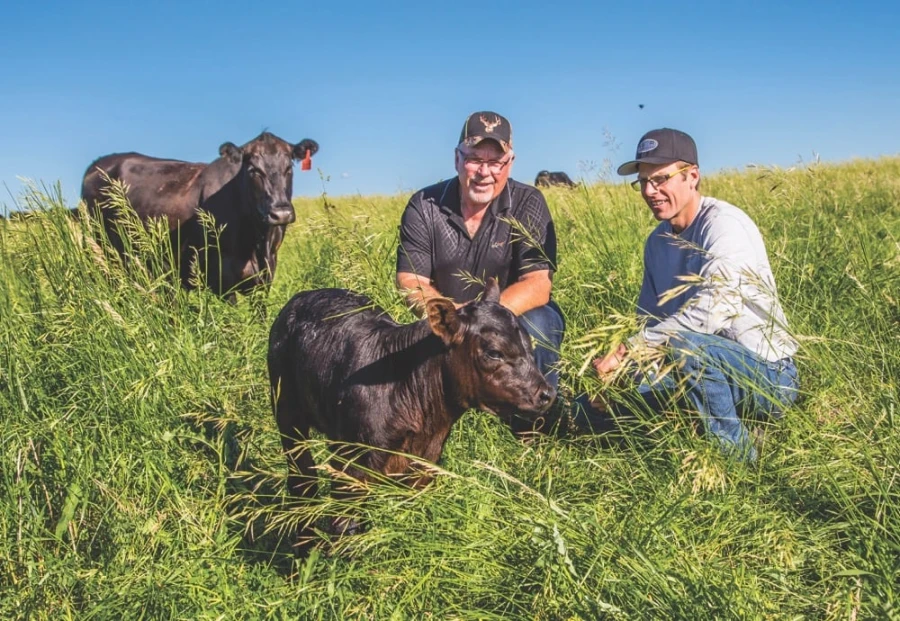Introduction
Welcome to our ultimate guide on Pastoral Farming! Whether you’re a seasoned farmer or just curious about sustainable agricultural practices, this blog post will provide you with valuable insights into the world of pastoral cultivation.
From traditional methods to modern advancements, we’ll explore the benefits, challenges, and essential characteristics of this age-old practice.
What Is Pastoral Farming?
It is the practice of raising livestock instead of focusing solely on crop production. Unlike arable farming, which centers on growing crops, pastoral agriculture exclusively deals with livestock breeding. Imagine rolling green hills, contented cows grazing, and sheep dotting the landscape, that’s the essence of pastoral farming.
Traditional Pastoral Farming
In older times, the primary objective of this type of farming was to raise sheep for dairy purposes and obtain their wool. It was a simpler era when communities relied on these animals for sustenance and livelihood.
Modern Pastoral Farming
Fast forward to today, and modern pastoral agriculture encompasses a variety of animals: cattle, sheep, goats, and more. It’s a dynamic system that adapts to changing needs and environmental factors.
Benefits Of Pastoral Farming
| Benefits | Description |
|---|---|
| Fulfills Food and Dairy Needs | Pastoral Farming provides essential meat and dairy products for local markets. It’s a cornerstone of food security. |
| Reuse of Animal Waste | The waste produced by animals becomes valuable nutrition for crops, enhancing yield and sustainability. |
| Lessens Import Requirements | By producing locally, we reduce the need to import goods, benefiting both the economy and the environment. |
| Better Quality Yield | Pastoral Farming yields nutrient-rich products that contribute to better health. |
| Profitable Income | For resource-constrained farmers, pastoral cultivation offers a viable income stream with minimal costs. |

Characteristics Of Pastoral Farming
Numerous factors influence the execution of this type of farming:
Soil And Topography
Soil quality determines grazing land and pasture availability for large animal herds.
Sunlight Exposure
Adequate sunlight ensures healthy vegetation growth.
Rainfall
Sufficient water supply is crucial for both livestock and vegetation.
Height Of The Land
Different altitudes impact the types of animals and plants suitable for the region.
Types Of Pastoralism
Nomadic
Herders move with their animals, seeking fresh pastures.
Semisedentary
A mix of settled and mobile herding, often based on seasonal changes.
Seminomadic
Partially migratory, adapting to local conditions.

Advantages and Disadvantages
Advantages
Self-Sufficiency: Local production meets community needs.
Nutrient Recycling: Animal waste nourishes crops.
Reduced Imports: Less reliance on external goods.
Healthier Output: Nutrient-rich products benefit consumers.
Disadvantages
Land Requirements: Large areas are necessary for diverse animal breeding.
Climate Sensitivity: Dependence on weather conditions.
Market Fluctuations: Prices can be volatile.
Increasing Pastoral Farming Awareness
As we strive for sustainable agriculture, let’s recognize the vital role pastoral farming plays. By supporting and promoting this practice, we contribute to a healthier planet and stronger communities.

Conclusion
Pastoral farming isn’t just about livestock, it’s about preserving traditions, nurturing the land, and ensuring a brighter future for generations to come. So, whether you’re a farmer, a curious reader, or an advocate for sustainable practices, embrace the pastoral way of life, it’s a journey worth exploring.
Remember, the next time you see sheep grazing peacefully on a sun-kissed hillside, you’re witnessing the heart of this farming, a timeless connection between humans, animals, and the earth.
Read More:
Precision Farming: Revolutionizing Agriculture For A Sustainable Future
Syntropic Farming: A Nature-Inspired Method Of Regenerative Agriculture
What Is O Farming: Make Money Online, Get Start & Benefits
Palworld Farming: How To Grow And Harvest Food With Your Pals
O Farming In Dubai: A New Way To Grow Food In The Desert
O Farming Oil: A New Trend In Online Brokerage & Benefits

Meet Our Expert Agricultural Administrator
Welcome to agrigreenhands.com, your dedicated hub for all things related to agricultural farming. Leading the way in our commitment to sustainable and innovative practices is Jawad Hussain, our esteemed administrator with a profound background in agriculture….


